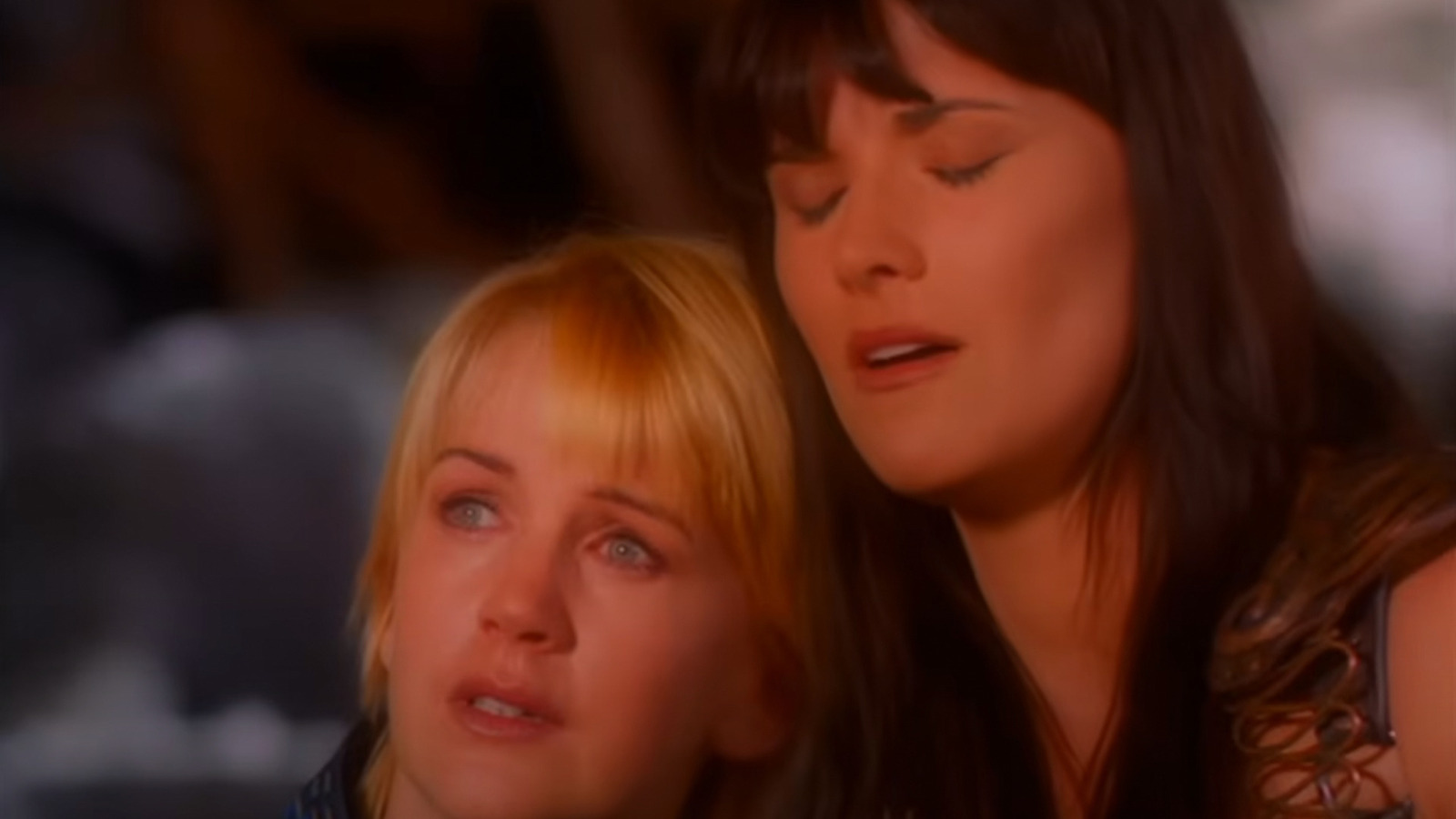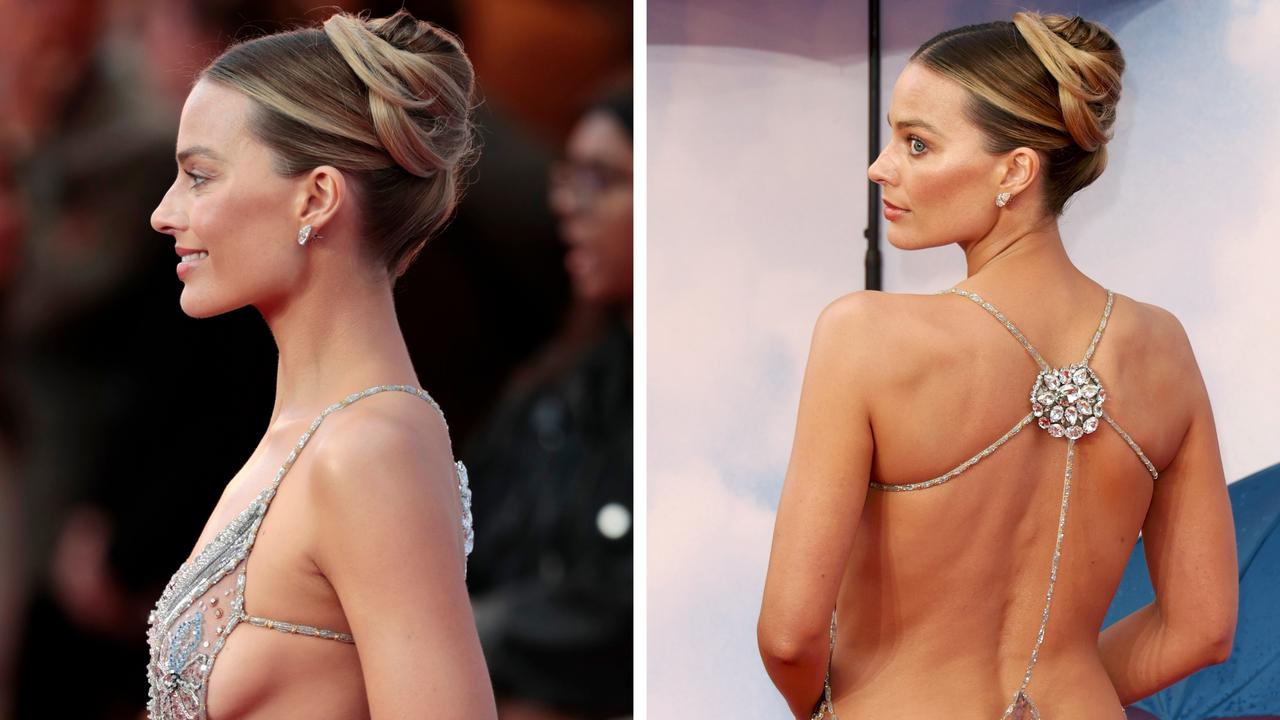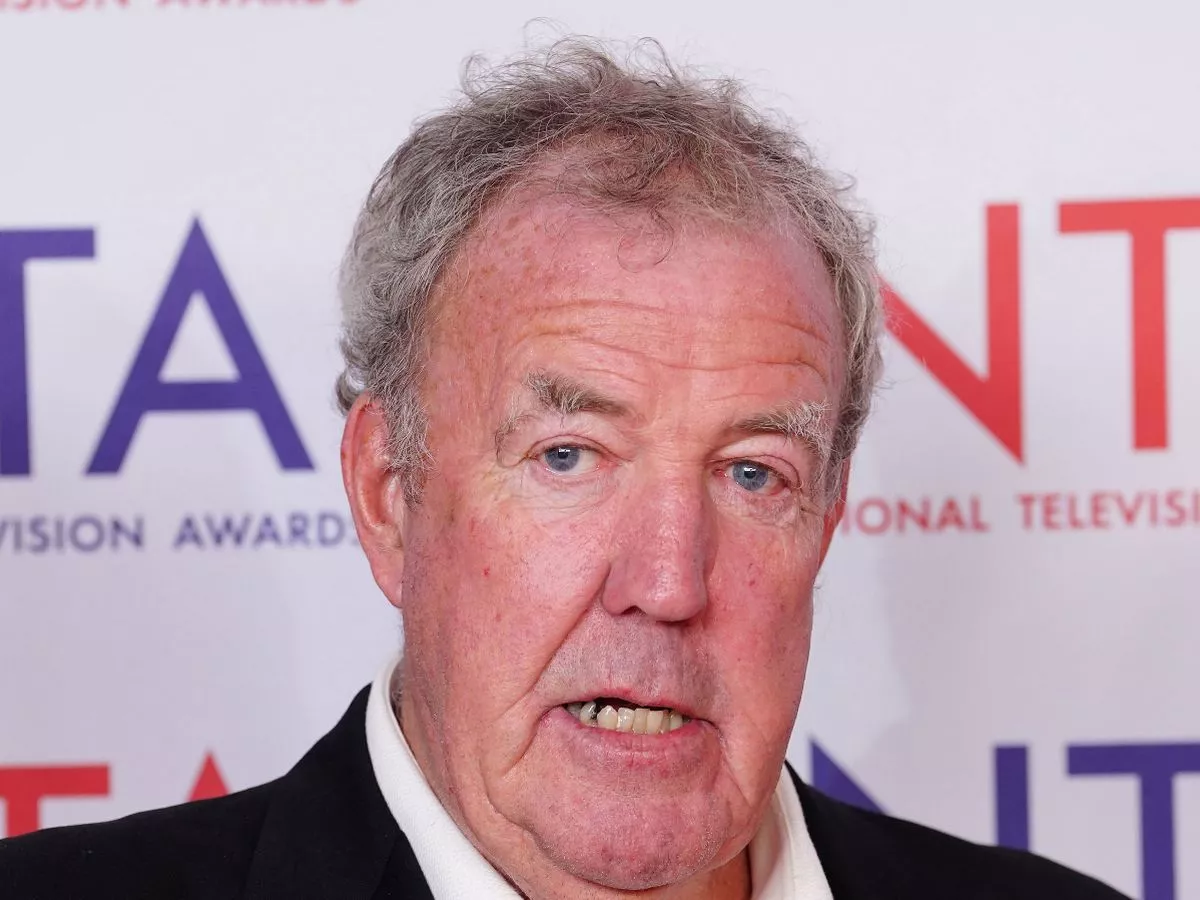
A complex heroine with incredible fighting skills who raised the bar for on-screen depictions of women in general. A red-haired young woman who started out as a plucky and somewhat naive sidekick only to mature into a far more complex and capable figure. A comic relief companion who proved to have far more emotional substance than their initial appearance would suggest. A 1990s-born fantasy-action TV series that could be shamelessly silly and self-aware (so much so that it even included a musical episode, itself essentially unheard of for its genre at the time), yet was also willing and capable of going to some dark places and would continue to do so the further along it went.
Throw in a crucial behind-the-scenes creative who would later evolve from a cult favorite artist into a big-name filmmaker thanks to their work on a Marvel superhero blockbuster, and what do you get? “Xena: Warrior Princess,” a show so influential that I almost tricked myself into thinking I was actually talking about the “Buffy the Vampire Slayer” TV series and ruined my own joke.
If there is, broadly speaking, a crucial difference between “Xena” and “Buffy” (other than “Xena” executive producer Sam Raimi being still widely admired, unlike “Buffy” creator Joss Whedon), then it would probably be their queer subject matter … or, more accurately, the lack of explicit queer material in “Xena.” Of course, if those familiar with the show’s reputation are confused right about now, I don’t blame you. As anyone who’s ever seen the series could tell you, ’90s television didn’t get much queerer than “Xena.” Frankly, the relationship between Lucy Lawless’ titular, “Alalaes!”-yelling, chakram-chucking warrior princess and her other half Gabrielle (Renee O’Connor) is a better portrayal of a same-sex couple than a lot of the actual queer representation we’ve gotten from mainstream media in the 21st century.
If you’re wondering why the minds behind “Xena” didn’t just cut to the chase and make XGab aka Xabrielle aka Warriorward (and other ship names that’ve never quite caught on) canon, it all came down to the same thing that it so often does in this industry: money.
As much as “Xena” helped get the ball rolling for the “Buffy” TV show and its many descendants (director Fran Rubel Kuzui’s delightful “Buffy” movie had indeed come out three years before “Xena” debuted in 1995, but it was a very different beast), it also had somewhat bad timing. The LGBTQ+ small screen revolution ushered in by the likes of “Will & Grace” didn’t occur until late into the series’ run, so studio executives were profoundly wary of the notion of a Xena-Gabrielle romance. “That’s like one of the few times that [studio execs] ever said, ‘You can’t do that, we’ll lose advertisers,'” as “Xena” co-creator Robert Tapert explained to Entertainment Weekly for its 30th anniversary oral history of the making of the show.
Perhaps unsurprisingly, this only encouraged the minds behind “Xena” (who clearly had a sense of humor about their work) to misbehave by playing up the show’s queer subtext. “It took a little time before we realized … I mean, we were really not doing it for the audience. We were doing it to be naughty,” Tapert admitted, recalling that the series’ studio backers wouldn’t even allow Xena and Gabrielle to appear in the same shots in the show’s opening titles (lest anyone get the “wrong” idea about the pair’s feelings for one another). “They were that strict about not wanting to make any insinuation that there was more between them than just good buddies. It was never really meant to be about two gay women on the road together, that developed on its own,” Tapert added.
Had the timing been just a little different, it’s possible “Xena” would’ve even made Xena-slash-Gabrielle fully canonical as well. Lest we forget, the “Buffy” TV series gave its own red-haired lead, Alyson Hannigan’s Willow Rosenberg, an honest-to-goodness girlfriend in the form of Amber Benson’s magic-wielding Tara Maclay just as “Xena” was winding down. (It ended after six seasons in 2001.) In spite of that, the latter’s place in queer TV history remains secure to this day, in no small part thanks to Lawless and O’Connor themselves.
Part of the problem with modern mainstream queer media is that it tends to be overtly timid and meek. Too often, acts of queer intimacy and affection are reduced to blink-and-you’ll-miss-them moments, while queer characters themselves aren’t always allowed to be multifaceted or have much in the way of personality (see also: how Netflix’s “The Sandman” season 2 did trans comic book icon Wanda dirty). It’s all a result of studios and streamers wanting to earn brownie points for being inclusive without drawing too much controversy in the process. But considering certain folks apparently can’t even handle a same-sex duo sharing a chaste kiss for less than a second in a Pixar film, there’s really no point in trying to appease them.
This is also what makes “Xena” so refreshing, as its crew “embraced the lesbian subtext with unbridled glee” upon learning of the show’s popularity in the queer community, as R.J. Stewart (who co-developed the series) told EW. He later added:
“[…] In the olden days, when people asked me if Xena and Gabrielle were gay, I used to say, ‘I’ll leave that up to the fans.’ But 30 years later, the fans have spoken. They’re definitely gay now.”
Helping matters, Lawless and O’Connor never come across as being self-conscious or hesitant about expressing the idea of Xena and Gabrielle being in romantic love with their performances, even if it’s mostly subtextual. “I think Renee and I didn’t [anticipate the fan response] because we didn’t have our heads in that head space, but certainly the writers knew exactly what they were doing from the start,” Lawless explained to EW. And while neither she nor O’Connor identify as queer in their personal lives, they just did what good actors should do and tapped into the feelings that they (and anyone else for that matter) could understand:
“We never thought about sexuality or anything, but we did think about love, and it’s only about finding the love in the scene. When you don’t know what else to do, look for the love in the scene. And that was, I guess, the magic ingredient.”
You heard her, people. If Xena herself says Xena and Gabrielle were in love, that’s canon in my book.



